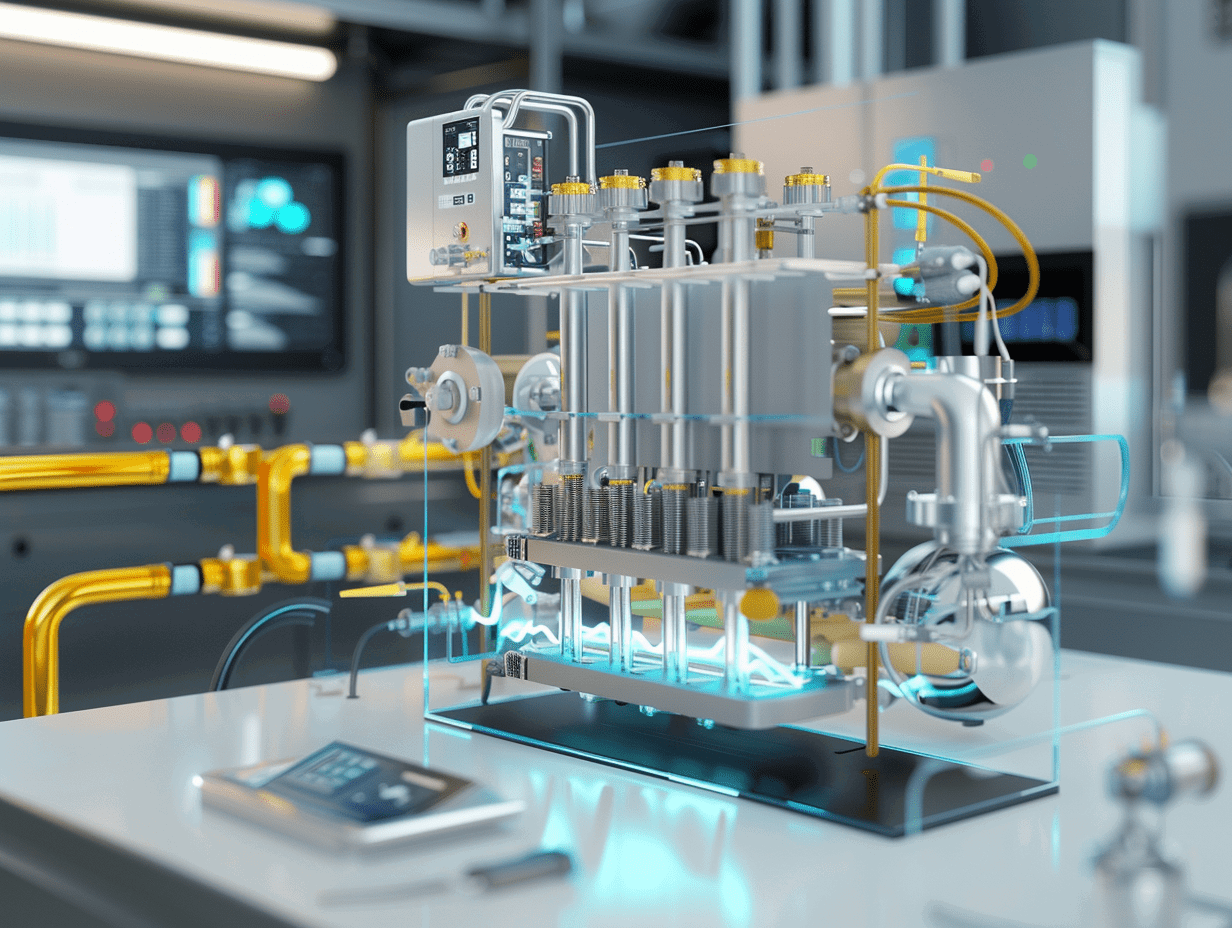The Role Of 3D Printed Electronics In Advancing Fuel Cell Technology

Fuel cells are an emerging technology with the potential to transform energy generation and consumption. They are devices that convert chemical energy from fuels, like hydrogen, into electrical energy through an electrochemical reaction. Unlike traditional power generation methods, fuel cells are efficient and produce no emissions, making them an appealing solution for a sustainable future. Additionally, the use of 3D printed electronics shows the potential to improve fuel cell performance, efficiency, and cost-effectiveness.
What Are Fuel Cells?
Fuel cells work by combining hydrogen and oxygen to generate electricity, water, and heat. The fundamental elements of a fuel cell consist of an anode, a cathode, and an electrolyte membrane. At the anode, hydrogen molecules are broken down into protons and electrons. The protons pass through the electrolyte membrane while the electrons travel through an external circuit to produce electricity. At the cathode, the protons, electrons, and oxygen combine to form water, which is the only byproduct.
Benefits of Fuel Cells
Fuel cells offer several advantages over traditional energy sources:
- Efficiency: Fuel cells can achieve efficiencies of up to 60% in converting fuel to electricity, compared to about 30% for internal combustion engines.
- Environmental Impact: They produce zero emissions of pollutants such as nitrogen oxides (NOx) and particulate matter, and only emit water vapor as a byproduct.
- Versatility: Fuel cells can be used in a variety of applications, including transportation, stationary power generation, and portable power devices.
- Reliability: They provide consistent and reliable power, with fewer moving parts and lower maintenance requirements compared to traditional engines.
The Importance of Fuel Cells Today and Tomorrow
As the world addresses the urgent need to reduce greenhouse gas emissions and shift towards cleaner energy sources, fuel cells have gained increasing importance. They offer a sustainable alternative to fossil fuels and are crucial in achieving energy sustainability while lowering our carbon footprint. Governments and industries across the globe are heavily investing in fuel cell research and development with the goal of integrating this technology into everyday applications, such as powering electric vehicles or providing backup power for buildings and industrial processes.
The potential of 3D printed electronics and fuel cell technology offers great promise for the future of clean energy. By improving the design, production, and efficiency of fuel cells, 3D printing is leading to more sustainable and cost-effective energy solutions. As we continue to seek ways to change and shift towards renewable energy sources, advanced manufacturing technologies such as 3D printing will play a key role in shaping a cleaner, greener future.
Fuel cells, combined with the innovations enabled by 3D printed electronics, are not only driving technological advancement but also serving as a cornerstone in our journey towards a sustainable energy future.
Related Articles

Leverage Your Brand-business With J.A.M.E.S Community: Events, Partnerships, Content, News & More






